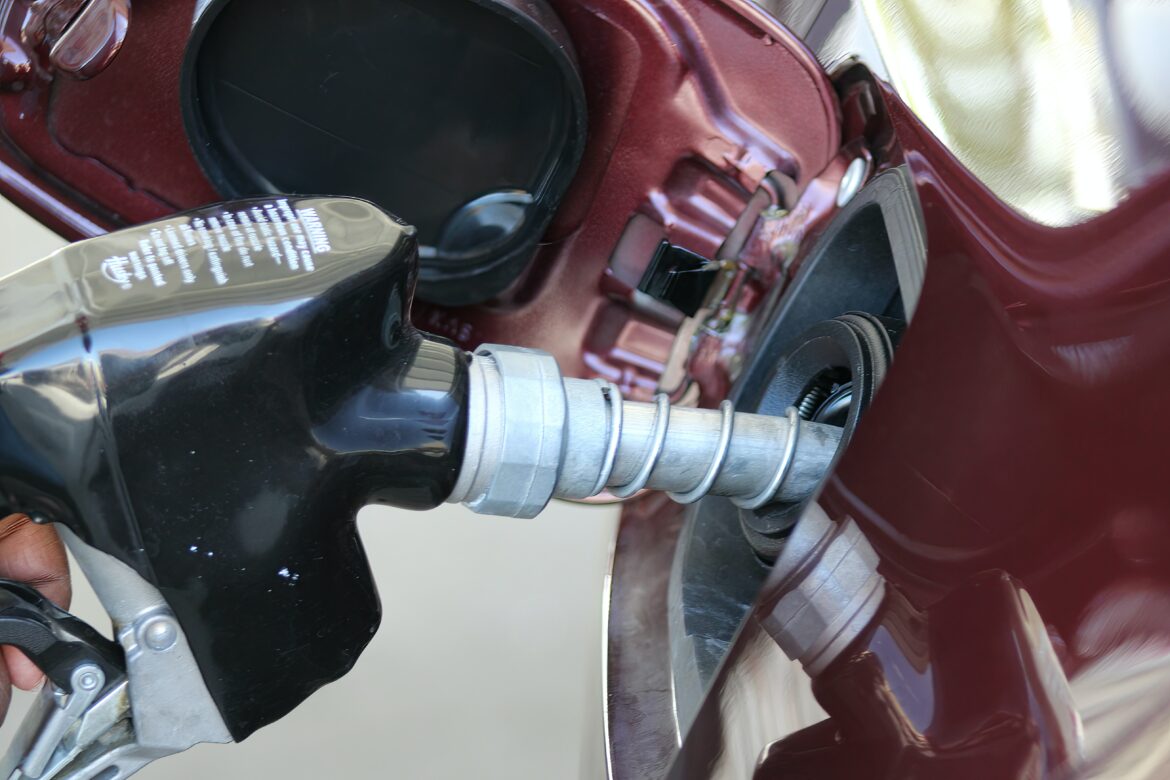Much of the focus of this year’s unprecedented levels of inflation has been on the impact to households. However, new research reveals that 72 per cent of small businesses – who have survived through the pandemic – have also been hit by rising expenses this year. Supplier costs, petrol and labour came out on top as the costs that SMEs are struggling with the most, and SMEs predict they will struggle with these same costs next year.
The finding was derived from a survey of an independent panel of 210 Australian SME owners and decision makers, commissioned by Small Business Loans Australia, a comparison website helping business owners find the best financing and loan options in Australia. The respondent pool comprised 44 per cent of micro businesses (1-10 employees), 27 per cent of small businesses (11-50 employees), 18 per cent of medium-sized businesses (51-200 employees) and 11 per cent of large businesses (over 200 employees). The full survey results, including breakdowns across business sizes and States, can be found here: smallbusinessloansaustralia.com/resources/loan-to-cope-high-inflation-survey.html
Respondents were asked which, out of the below 10 costs, they are struggling to meet the most now, and will struggle with next year:
- Labour
- Supplier costs
- Petrol
- Equipment purchases
- Rent
- Insurance premiums
- Office and staff amenities
- Utilities
- Business consultants
- Taxes
Nearly one in three (31 per cent) SMEs are struggling with the supplier and petrol costs, and 26 per cent cannot pay wages, salaries and contractors. Next, 21 per cent are finding it hard to pay rent, 19 per cent equipment, an equal 17 per cent cannot meet the costs of insurance and tax. Ten (10) per cent cannot meet the cost of office and staff amenities and 8 per cent with business consultants such as HR or accounting.
Small Business Loans Australia analysed responses across business sizes. Micro businesses predicted they will be better off in meeting expenses across all categories than small and medium-sized businesses: just 66 per cent of micro businesses are struggling with costs and will continue to do so, compared with 15 per cent of small and medium-sized businesses.
The costs impacting small and medium-sized businesses most are supplier costs (for 46 per cent of small and 34 per cent of medium-sized businesses) and petrol (for 39 per cent and 40 per cent respectively).
Responses were also analysed across the major States. West Australian businesses indicated they are struggling to meet inflated supplier costs, labour costs and petrol prices above any other state. Following 38 per cent of West Australian SMEs who are most likely to struggle paying labour costs, 27 per cent of South Australian businesses, 26 per cent of NSW businesses, 23 per cent of Victorian businesses and 20 per cent of Queensland businesses will also struggle in this category.
Inflated rent is a significant issue among South Australian and NSW SMEs, with 27 per cent and 26 per cent, respectively, struggling to meet this cost. This is followed by just 16 per cent of Victorian and Queensland businesses and 14 per cent of West Australian businesses.
Small Business Loans Australia asked businesses if they would seek financing to cover any of the costs they are struggling with. Over half (54 per cent) said they would look to get a loan to help relieve the financial stress of inflation, with more than a quarter (28 per cent) prepared to take out more than $50,000.
Micro businesses proved again their financial stability, as the least likely group to require a loan, chosen by 32 per cent, compared with 66 per cent of medium-sized businesses and three quarters (75 per cent) of small businesses.
More than a third (37 per cent) of small businesses would consider borrowing more than $50,000 to meet inflated costs, while 8 per cent of micro businesses would borrow the same.
Alon Rajic, Founder and Managing Director of Small Business Loans Australia, says: “SMEs have shown incredible resilience through the pandemic and are now facing unprecedented inflation. Like Australian households, businesses have been hit by significant increases on the everyday costs of running their operations. SMEs are the backbone of the Australian economy, making up 98 per cent of the business market, but the tightening of budgets often have greater impact on SMEs, which tend to have smaller financial cushioning than bigger corporations.
“If SMEs decide they need financing to get through the challenging period ahead, it is important for them to seek financial advice and research financing options to ensure they are in a position to service a loan over the next few years, and secure the most cost-effective and lowest-risk loan. A loan comparison platform may be a good place to start.”
The full survey results, including breakdowns across business sizes and States, can be found here: smallbusinessloansaustralia.com/resources/loan-to-cope-high-inflation-survey.html
